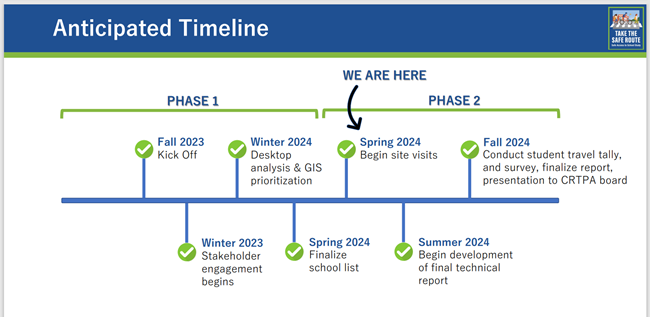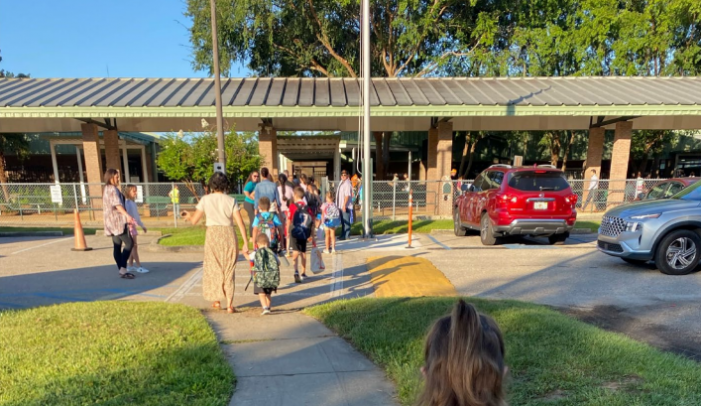On May 21st, the Capital Region Transportation Planning Agency (CRTPA) held their monthly meeting and discussed the “Safe Access to School Study” and their Public Involvement Plan.
The Board received a presentation from staff on Phase 2 of the CRTPA’s “Take the Safe Route – Safe Access to School Study”. This study was developed in two phases, the first being a comprehensive study of schools in the CRTPA Region (elementary, middle and high school) to identify those with the greatest need for capital improvements related to biking and walking facilities. Phase 1 identified 12 schools in the CRTPA region.
The Leon County schools identified include, Amos P. Godby High School, John G. Riley Elementary School, Raa Middle School, Ruediger Elementary School, Griffin Middle School, Leon High School, Nims Middle School, Rickards High School, Pineview Elementary School and Fairview Middle School.

Staff explained that Phase 2 of the study (which was recently initiated) will involve an analysis for the recommended schools in Phase 1. This analysis includes on-site visits and an inventory of the existing facilities and infrastructure at the selected schools. The assessment will consider things such as sidewalk gaps, lighting and intersection improvements.
The Board was also given an update by staff on the CRTPA Public Involvement Plan (PIP) update. The CRTPA’s PIP contains the policies, goals, objectives, and techniques used by the CRTPA to encourage public participation. Staff noted a major update is that information regarding CRTPA’s meetings, plans, programs have been streamlined onto one page to make the information more accessible to the public.
Additionally, staff noted some of the desired outcomes of developing the PIP will be providing adequate public notice of public participation activities and time, providing timely notice and reasonable access to information, and holding public meetings at convenient and accessible locations and time.


One would think it is the parents responsibility to get their children to school safely, not the cities or county’s
You know, this is something that you would think “Blue Print” would be dealing with instead of Low Income Housing.